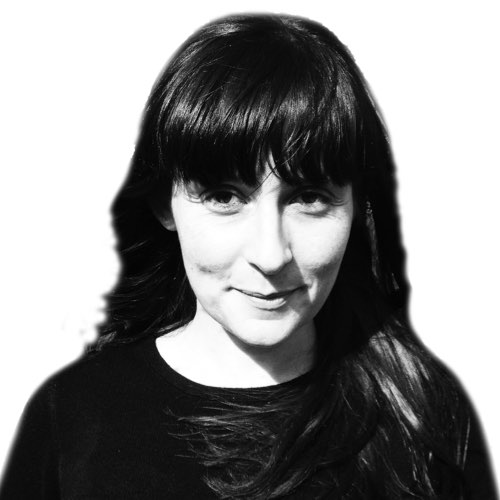Picture an apple. What colour is it? What about calling to mind your mother’s face? What is her expression? How about your last holiday? Can you picture where you stayed? For people with aphantasia, this is impossible. They cannot recall images of familiar objects or people to their ‘mind’s eye’. In effect they don’t have one. This crucial difference in the way people see the world has only started to be researched in the last few years. How have we gone for so long ignoring this variation in how we experience our internal worlds?
What is aphantasia?
Aphantasia is the name given to the inability to call an image to mind. The name was coined in 2015 by Prof Adam Zeman, a cognitive and behavioural neurologist at the University of Exeter. Zeman first became aware of the phenomenon when he was referred a patient who had ‘lost’ his visual imagery after a heart operation.
“He had vivid imagery previously,” recalls Zeman. “He used to get himself to sleep by imagining friends and family. Following the cardiac procedure, he couldn’t visualise anything, his dreams became avisual, he said that reading was different because previously he used to enter a visual world and that no longer happened. We were intrigued.”
Read more:
- Psychedelic healing: could magic mushrooms help reboot the brain?
- Sarah-Jayne Blakemore: how to understand teenage brain development
Zeman searched the literature on visual imagery loss and found there was little out there. “It’s weird, it’s just a sort of gap,” he says. Back in the 1880s, Victorian polymath Francis Galton had published a paper on mental imagery, where he reported that a small number of people couldn’t visualise. Since then, researchers have continued to study visual imagery but haven’t paid attention to the extreme ends of the visualisation spectrum. Before Zeman started studying it, there wasn’t even a name for the experience. Zeman and a classicist friend came up with ‘aphantasia’, based on Aristotle’s term for the ‘mind’s eye’.
Zeman’s assessment of his patient raised more questions than answers. The man could describe a castle, and could say whether grass or a pine tree was darker green, but he reported knowing these answers, not imagining the objects. Functional brain imaging suggested he couldn’t access visual areas when he tried to imagine or remember images.
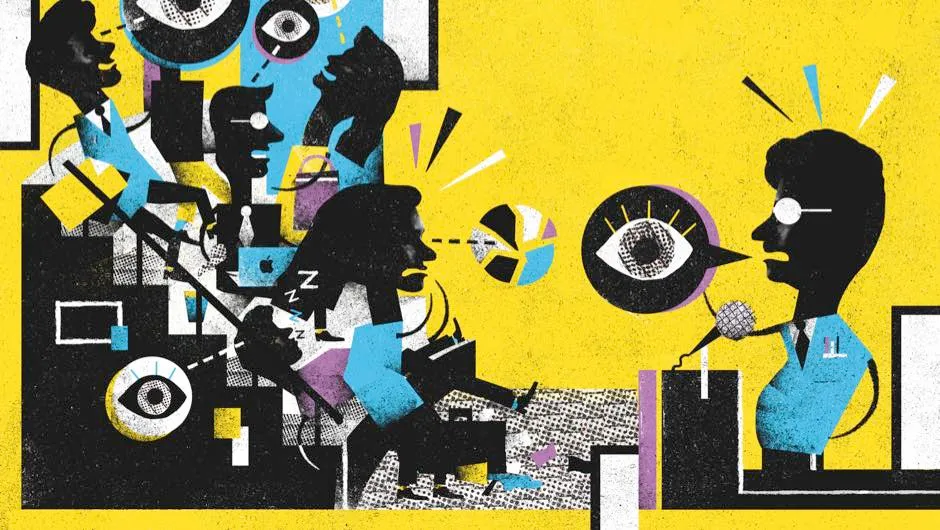
Zeman’s case study about his patient was written about in Discover magazine by science journalist Carl Zimmer. Over the next couple of years, 20 people got in touch with Zeman to say they’d read the article and had the same absence of imagery, but they had experienced it for their entire lives. As more was written about the findings, more people got in touch. Zeman now has 12,000 aphantasic volunteers. He estimates that about 2 per cent of the population have little or no visual imagery.
Yet not all experiences of aphantasia are alike. Many people have had aphantasia since birth, but others have acquired it following a brain injury, or sometimes after periods of depression or psychosis. Some individuals don’t dream in images, like Zeman’s first patient, but others can, even though they are unable to visualise while they’re awake.
He said that reading was different; previously he used to enter a visual world and that no longer happened
Brain scanner studies on people have demonstrated a network of brain areas involved in visualisation. These include the primary visual cortex and an area in the fusiform that’s close to a region involved in face recognition. The network also includes parts of the frontal and parietal lobes, which are usually involved in decision-making, working memory and attention. Memory areas, including the hippocampus and medial temporal lobe, also seem to be important. As well these specific brain regions, the ‘default node network’ or ‘daydreaming’ network is involved.
These areas are usually active in the resting brain and when we are being introspective. As Zeman says: “If you just chill in a scanner, that’s the set of areas that is most active. It turns out to be a kind of daydreaming network, active when you think about the past, or anticipate the future.” Zeman thinks it might be involved in visual imagery because when we visualise we are paying attention to internal stimuli instead of the outside world.
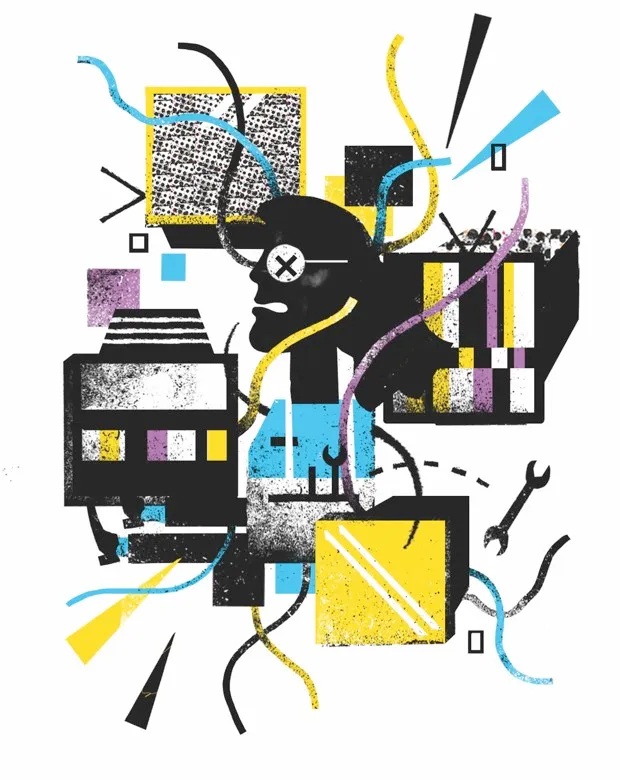
“So we know that there’s this big network: visual, decision-making, working memory, attention, long-term memory and introspection,” summarised Zeman. “Where there’s a network, you could predict that it might break down in a number of different ways, which helps to explain why there’s more than one sort of aphantasia.”
For example, Zeman’s initial patient had normal brain activation when he looked at faces but couldn’t activate these same brain areas when he tried to imagine faces. For him, perhaps there was a loss of connectivity between decision-making areas and visual areas. This might have occurred as a consequence of a small stroke during his heart operation. For other people with aphantasia, the neural basis is likely to be different.
Can you dream with aphantasia?
What about those people who can dream in pictures but cannot call images to mind when they’re awake? Zeman doesn’t think this is as odd as it might sound. “What the brain is doing in wakefulness and dreaming are different,” he says. Zeman describes dreaming as a ‘bottom up’ process that’s organised from the brainstem, whereas consciously visualising is a ‘top down’ process that’s driven by the cortex. He thinks this is likely to cause the dissociation between some people’s visualisation abilities while dreaming and waking.
But what’s going on in the brains of people with lifelong aphantasia? There have not yet been any published studies, but scientists are hoping to have some answers soon. Zeman’s team has just finished studying 20 people with high visual imagery, 20 people with no visual imagery and 20 people in the middle, using neuropsychological tests and brain imaging. “So in a few months’ time we might have an answer,” Zeman says.
Whatever is happening neurally, it does seem to be heritable to some degree, with people with aphantasia more likely to have a close relative (parent, sibling or child) who also struggles to visualise.
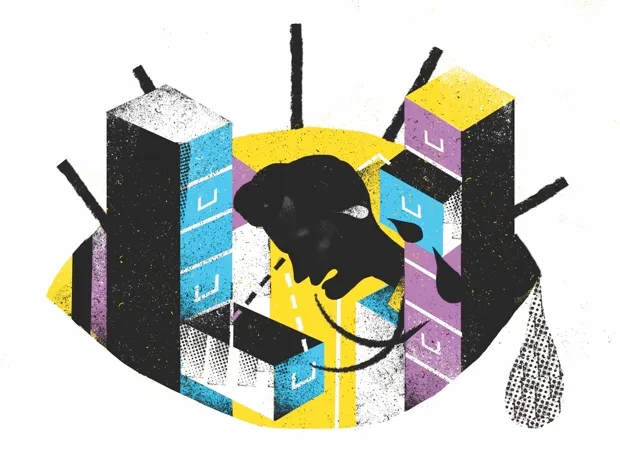
One reason aphantasia may have gone nameless and unstudied for so long is because it isn’t necessarily a problem. While it makes drawing objects from imagination impossible, and visualisation strategies cannot be used for memorising, there are other ways to mentally represent information. Some people use words or symbols, others report having a good ‘mind’s ear’ or ‘mind’s nose’ instead of a ‘mind’s eye’, or say that they have kinaesthetic (movement-based) imagery.
While there are individuals with aphantasia who report memory difficulties, this is not true for everyone. There is a trend for people with aphantasia to work in academic and computer-related careers, and for those at the other end of the spectrum to work creatively. But there are exceptions. There are aphantasic artists, who either depict objects they see, or use images they make on the paper as a stimulus to engage with. “It’s perfectly possible to be creative and imaginative without visualisation,” says Zeman.
Read more:
- “I still remember the day my brain broke”
- Can a head injury make you more prone to criminal behaviour?
Zeman doesn’t think aphantasia needs diagnosis and treatment. “It’s an intriguing variation in human experience, not a disorder,” he says. Indeed, the scientist Craig Venter, the first person to decode the human genome, has described his aphantasia as useful in helping him to concentrate on scientific problems.
The presence of a large and previously hidden aphantasic community reveals how it is possible for all of us to be seeing the world differently without even realising. Brain imaging can help us understand neurodiversity of all sorts, but we’ll only know there’s difference to be investigated if we don’t assume that you see what I see, and instead we ask curious questions.
- This is an extract from issue 332 ofBBC Focusmagazine - subscribe here
What is hyperphantasia?
At the other end of the spectrum to aphantasia is hyperphantasia. People with hyperphantasia describe pictures so vivid that they can find it hard to be sure whether an image was perceived or imagined. Although this sounds pleasurable, it can potentially be confusing, and might make individuals more susceptible to symptoms such as flashbacks in post-traumatic stress disorder (PTSD). “Maybe it’s a bit harder to live in the present if you have very vivid visual imagery,” says cognitive and behavioural neurologist Prof Adam Zeman. Yet just like with aphantasia, he doesn’t think this end of the spectrum has to be problematic. “My feeling is that there are pros and cons to being at either end.”
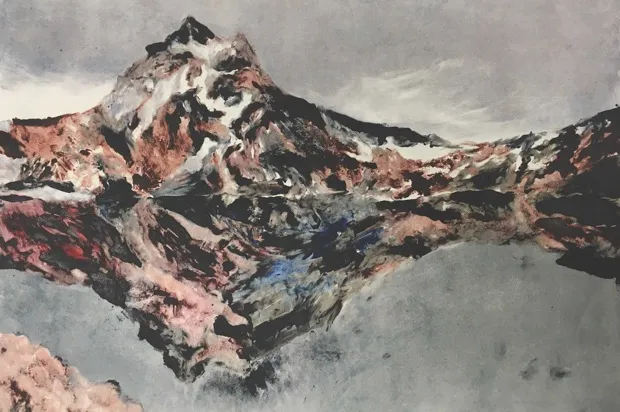
Hyperphantasia is more common than aphantasia, but is still a more extreme experience than most people have. “It’s possible to bring to mind strong and clear images of people, places and things,” says hyperphantasic artist Clare Dudeney. “It’s not always possible to hold them for long in the day because of the distractions of everything else happening around. But at night you can get lost in an imagined world that feels real. Sometimes the only way I can tell it’s a dream is when I’m doing something I can’t normally do, like fly, or breathe underwater. I used to annoy my husband by getting my sketchbook out on holiday at every incredible scene. Now I’ve realised that I can relax, take it in and paint it later from memory.”
Although she wouldn’t change it if she could, sometimes hyperphantasia can be tricky: “When people describe some terrible accident, I visualise it so strongly that I feel it’s happening to me,” she explains. “I can watch gruesome things on TV and be fine, but a passage in a book can bring to mind such vivid images that I faint.”
Living with aphantasia
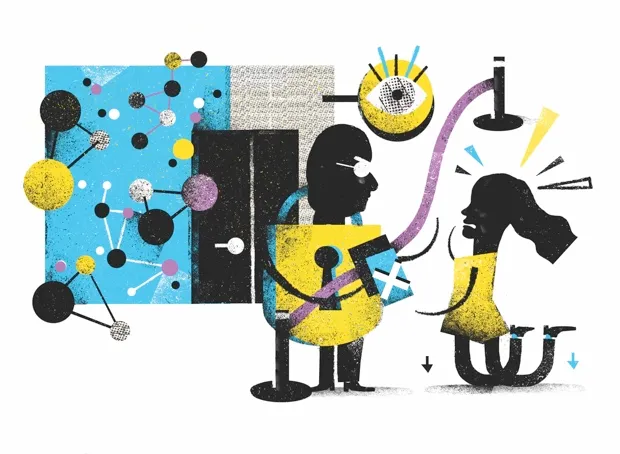
Dame Gill Morgan realised she saw things differently in her 30s while participating in a management course. The facilitator asked the group to imagine a beautiful sunrise.
“I had no idea what a sunrise looked liked. I know it when I see it, I could explain and describe it, but I couldn’t imagine it at all. I thought, ‘Everybody’s having them on, nobody can see this damn thing.’” Afterwards, in the bar, she mentioned it to her colleagues: “I said, ‘That was daft wasn’t it?’ And they all went, ‘What do you mean? We can imagine…’ But I can’t. I can’t at all.”
Until then, she had thought ‘the mind’s eye’ was just an expression. She hadn’t realised that people actually could visualise. “I don’t think it’s been different for me at all,” she says. “You’d think I’d be no good at faces or names, but I’m okay. I haven’t really noticed it apart from the fact I can’t draw. If you said, ‘draw a cow’, I would have no idea. I know it’s got four legs and a head, but I couldn’t tell you what was different about the head of a cow compared with the head of a horse. I can’t imagine a cow or a horse but I know them when I see them.”
She doesn’t notice any effect on her ability to empathise or remember; in fact, she thinks her memory may be better in order to compensate. She has had a long, successful career and has a happy family life.
Yet the first time she really missed visualising images was after her parents’ death. “Other people, if you talk to them about their parents, they can pull up a picture in their mind’s eye. The only way I can do that is to look at a photograph.”
